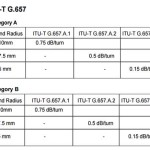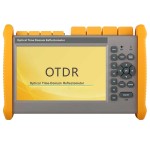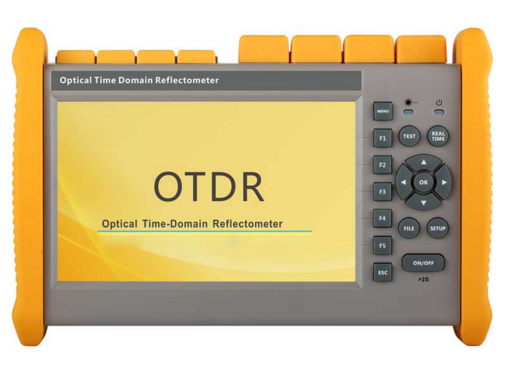The ITU-T G.652 optical fibre standard was born in the year of 1984, 40 years ago. Happy birthday to the bedrock of broadband. During the last few decades, the fiber standard is evolving, we are summarizing it for you.
Data Center and Campus
- G.657.D: The G.652.D nowadays is known as standard single-mode fiber and cable
- G.657.A1: G. 657 series fiber is the bend-insensitive single-mode fiber, the main difference is the minimal bending radius, for g. 657A1, the Rmin = 10mm
- G.657.A2: Rmin = 7.5mm
- G.657.B3: Rmin = 5mm
Long Haul and Metro
- G.654.C: The G. 654 series of fiber is Cut-Off Shifted Fiber, it is optimized operation within the 1500nm to 1600nm range, there are several classes of G.654 have been used to meet the various requirements of the submarine, and some long-haul terrestrial architecture. the G. 654.C is long-haul application in G.959.1
- G.654.E: Similar to G.654.B, but has a smaller macro bending loss specification equivalent to ITU-T G.652.D fibers, and a tightened range of nominal MFD
Submarine
- G.654.B: Same as G.654.A, plus also suited for longer distance and larger WDM repeaterless submarine systems with remotely pumped optical amplifiers. In G.973. also for submarine systems with optical amplifiers in G.977
- G.654.C: Long-haul applications in G.959.1
- G.654.D: Higher bit-rate submarine systems in G.973, G.973.1, G.973.2, and G.977
- G.652.D: Reducing a large loss peak around 1383nm, commonly referred to as the “water peak”. The G.652.D is known as standard single-mode fiber nowadays









